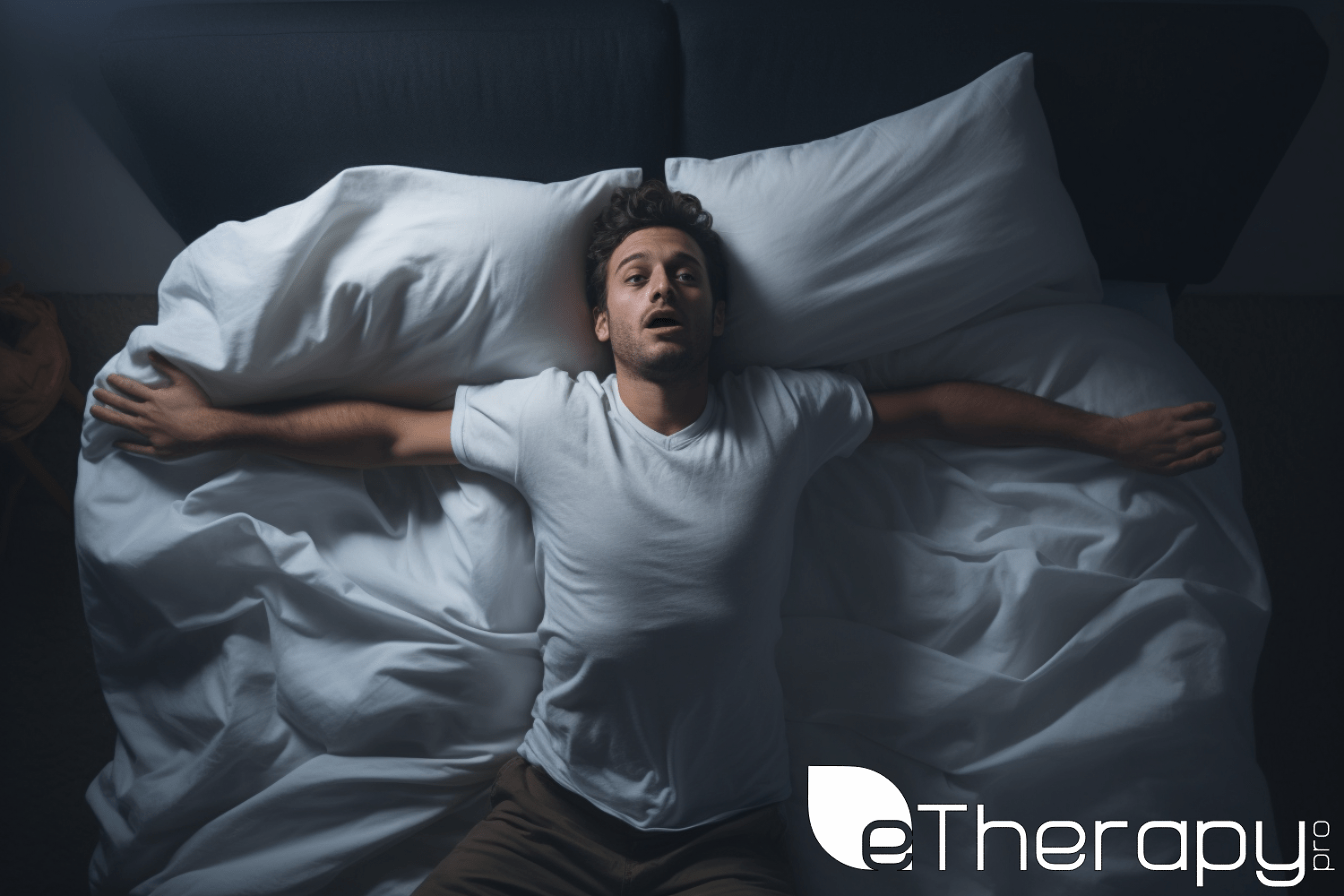 Have you ever been in a supermarket standoff with a four-year-old who’s adamant about a particular cereal brand? Or perhaps you’ve been at a parent-teacher conference, questioning if the child they’re discussing is the same one you know.
Have you ever been in a supermarket standoff with a four-year-old who’s adamant about a particular cereal brand? Or perhaps you’ve been at a parent-teacher conference, questioning if the child they’re discussing is the same one you know.
Parenting is an adventurous journey, often filled with unexpected twists and turns. Recognizing your parenting style can help navigate these moments more effectively.
At the heart of these experiences lies a fundamental question: What is your parenting style? Just as our children are unique, so are our ways of guiding, teaching, and nurturing them. Understanding your parenting style isn’t about labels; it’s about recognizing how your approach shapes your child’s growth.
To understand the heart and mind of a person, look not at what he has already achieved, but at what he aspires to. – Kahlil Gibran
Let’s explore the different parenting styles and how they manifest in our daily interactions with our children. Ready to embark on this enlightening journey?
The Authoritative Approach of Parenting Style
Imagine a world where family dinners aren’t just about eating; they’re about learning and connecting. In authoritative parenting, parents are both guides and friends, setting boundaries while fostering warmth.
The Balance of Discipline and Support
Authoritative parenting is like being the coach of a soccer team. You’re a firm leader, but also a supportive friend. You set expectations, but you’re also there with a hug or high-five when they need it. Instead of a simple “No,” you work with your child to find a solution that works for everyone.
Why It Works
- Promotes Independence: Children are encouraged to think independently, which builds their confidence. This sense of autonomy is crucial for developing problem-solving skills and a strong sense of self, laying the foundation for successful and adaptive adults.
- Better Communication: Open dialogue fosters a deeper understanding between parents and children. Effective communication skills are vital for building healthy relationships throughout life, and it starts with the family unit. It teaches children how to express themselves and listen to others, forming the basis of empathy and cooperation.
- Emotional Intelligence: Kids learn to manage their emotions and understand others’ feelings. Emotional intelligence is key to navigating social complexities, forming meaningful relationships, and achieving professional success. It also contributes to mental well-being and resilience.
- Healthy Boundaries: Setting clear limits teaches respect and responsibility. Understanding boundaries helps children develop a sense of safety and respect for themselves and others. It’s an essential skill for personal discipline and social interaction, impacting their future interactions and relationships.
The Rules of Authoritarian Parenting Style
Picture a household where the motto is “Because I said so!” and the daily schedule could rival the precision of a Swiss watch. This is the essence of authoritarian parenting – a rule-based regime where expectations are sky-high, and the word of the parent is law.
High Expectations and Strict Rules
In an authoritarian household, rules are treated as absolute laws, with no room for flexibility. For example, a teenager might have a strict 8:00 PM curfew with no exceptions, or a young child could face severe consequences for not completing homework on time. It’s a world where discipline takes the front seat, and negotiation is rarely, if ever, an option.
The Potential Downsides
- Limited Emotional Expression: Children might feel unable to express their emotions freely, leading to bottled-up feelings and stress.
- Reduced Self-Esteem: Constant strictness without warmth can make children feel less confident and valued.
- Fear of Failure: With high stakes in obedience and performance, children may develop a fear of making mistakes.
- Strained Parent-Child Relationship: A lack of open communication can lead to a distance between parents and children, impacting their ability to form close relationships in the future.
While discipline and structure are vital, the authoritarian approach might miss out on the warmth and open communication that nurture a child’s emotional health. It’s all about finding that balance!
The Laid-Back Style of Permissive Parenting Style
Envision a household where bedtimes are mere suggestions, and the word ‘no’ is as rare as a snowflake in the Sahara. Welcome to the realm of permissive parenting, where leniency reigns, and the atmosphere is as relaxed as a lazy Sunday afternoon.
The Art of Leniency
In the permissive parenting world, rules are like those old, faded jeans you can’t bear to throw out – present but not exactly doing their job. Imagine a scenario where a child wants cake for breakfast, and the parent shrugs with a smile, saying, “Why not? It’s got eggs, right?” This approach is all about embracing the child’s desires and minimizing conflict, often leading to a house full of laughter, spontaneous pillow fights, and ice cream for dinner.
When Leniency Leads to Problems
- Lack of Structure: Without clear boundaries, children may struggle with self-discipline and understanding limits.
- Challenges with Authority: A too-relaxed approach can lead to difficulties in respecting rules and authority outside the home.
- Delayed Responsibility: Kids might lag in developing a sense of responsibility and independence.
- Overreliance on Parents: Constant indulgence can make children overly dependent on their parents for decision-making.
Permissive parenting can be a lot of fun, but it’s important to set some boundaries to ensure that the child’s development isn’t compromised.
Understanding Uninvolved Parenting
Picture a scene where a child’s accomplishments, like scoring a goal in soccer or taking a test, are met with a mere nod or a distracted “That’s nice” from a parent. This scenario is emblematic of uninvolved parenting, a style marked by a distinct lack of responsiveness and minimal involvement in a child’s life.
Authoritarian parents may be distant from their children’s daily lives, focusing primarily on providing necessities. It’s like being a CEO who oversees a company but doesn’t have a personal relationship with the employees. Children in such environments often find themselves making decisions that are typically reserved for older age groups, without much guidance or support.
Impact on Children
- Emotional Distance: Children may feel a lack of emotional support and understanding from their parents.
- Self-Esteem Issues: The absence of parental engagement can lead to low self-esteem and feelings of unworthiness.
- Independence Struggles: While self-reliance is promoted, the lack of guidance can make it difficult to overcome real-world challenges independently.
In the tapestry of parenting, uninvolved parenting is a patch that seems disconnected, highlighting the need for a balance between freedom and guidance.
Conclusion
In the intricate dance of parenting, each style has its rhythm. Authoritative parenting blends guidance with empathy, authoritarian focuses on discipline, permissive offers freedom, and uninvolved stands back. Remember, the goal isn’t to fit perfectly into one style but to find a balance that nurtures your child’s growth.
Children must be taught how to think, not what to think. – Margaret Mead
As you reflect on your parenting journey, consider how your approach shapes your child’s world. Embrace growth, adapt as needed, and above all, let love guide your way. What kind of parent will you choose to be today?
 In our
In our  Have you ever found yourself staring at the ceiling, long after the world has fallen asleep, wondering, “Why can’t I sleep at night?” If so, you’re not alone. Insomnia, a sleep disorder where individuals have trouble falling or staying asleep, affects countless lives. It’s a nighttime challenge that turns into a daytime ordeal, impacting everything from our mood to our health.
Have you ever found yourself staring at the ceiling, long after the world has fallen asleep, wondering, “Why can’t I sleep at night?” If so, you’re not alone. Insomnia, a sleep disorder where individuals have trouble falling or staying asleep, affects countless lives. It’s a nighttime challenge that turns into a daytime ordeal, impacting everything from our mood to our health. The Health Impact of Insomnia
The Health Impact of Insomnia
